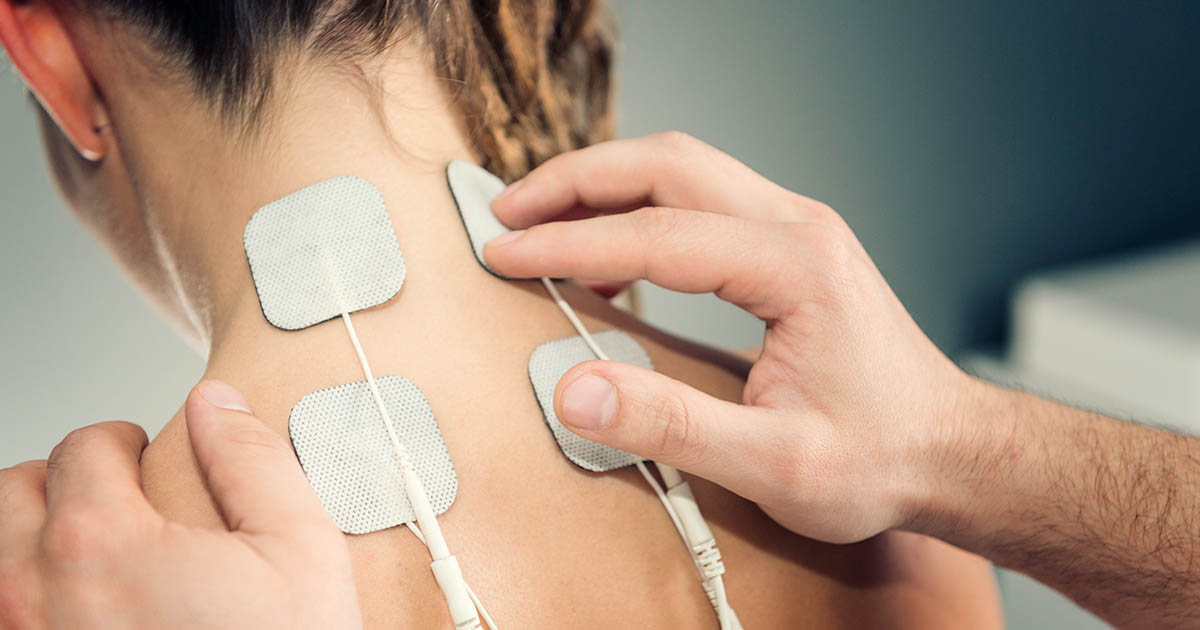Treatment Options For Peripheral Neuropathy
Peripheral neuropathy is a condition where an individual's peripheral nerves, the nerves outside of the brain, become damaged. The damage to the peripheral nerves causes patients to experience symptoms such as sensations of tingling, prickling, numbness, sharp pain, throbbing pain, burning pain, touch sensitivity, poor coordination, muscle weakness, paralysis, and feeling like gloves are on the hands or like socks are on the feet. Peripheral neuropathy has several different causes, including benign tumors, malignant tumors, autoimmune disorders, bone marrow disorders, inherited disorders, diabetes, infections, liver disease, kidney disease, hypothyroidism, alcoholism, poison exposure, certain medications, vitamin deficiencies, nerve pressure, and nerve trauma. Peripheral neuropathy diagnosis is made with the use of neurological examination, blood tests, CT scans, MRI scans, nerve function tests, nerve biopsy, and skin biopsy.
Numerous treatments are available for peripheral neuropathy. Learn about them now.
Pain Relief Medication

A peripheral neuropathy patient may experience symptoms such as extreme sensitivity to touch and pain from the nerves in their body that have become damaged. To manage pain, patients may need to take medications to block the pain receptors in the peripheral parts of the body from sending pain signals to the brain. Nonsteroidal anti-inflammatory drugs can be purchased without a prescription. These medications are used to decrease inflammation in the body and relieve pain. Some individuals affected by nerve damage may have pain that does not respond to these types of drugs. In these cases, doctors can prescribe other pain medications, including analgesics like acetaminophen, opioids, and synthetic derivatives of opioids. Opioids are only given to an individual affected by peripheral neuropathy after they have attempted to utilize other methods of treatment due to their potency and potential for abuse.
Continue reading to learn more about how to treat peripheral neuropathy now.
Topical Ointments

An individual who experiences pain and discomfort due to peripheral neuropathy may need to utilize topical ointment, creams, gels, patches, and lotions. These products are rubbed onto the skin above the affected area of the body and are absorbed through the skin. Topical treatments for peripheral neuropathy help provide pain relief in a localized area, and are preferred by some individuals over systemic treatments because they do not produce as many adverse side effects. The topical medications used to treat peripheral neuropathy patients contain a substance referred to as capsaicin, which comes from the seeds of hot chili peppers. Capsaicin causes the nerves to have a decreased ability to transmit pain impulses to the brain. Lidocaine is another substance in some topical treatments that are known to help relieve the symptoms of peripheral neuropathy.
Discover additional options for treating peripheral neuropathy now.
Anti-Seizure Medication

Sometimes an individual affected by peripheral neuropathy needs to take medications made for other medical conditions because they are effective at treating nerve pain. An individual who has frequent episodes of stabbing or shooting pain in their body due to peripheral neuropathy may need to take anti-seizure medications, as they interact directly with nerve tissue to inhibit nerve pain. These medications are thought to work by slowing down the uncontrolled pain that is affecting an individual as a result of nerve damage. An anti-seizure medication referred to as carbamazepine has shown to be very effective at treating severe pain caused by peripheral neuropathy. Newer anti-seizure drugs, such as gabapentin and pregabalin, have also shown to be effective at treating peripheral neuropathy patients. These newer anti-seizure medications may be preferred over others because they are known to produce less adverse side effects.
Get more details on treating peripheral neuropathy now.
Physical Therapy

Physical therapy is used in individuals who develop functionality problems with the muscles in their bodies as a result of peripheral neuropathy. This type of therapy helps patients maintain their strength, function, and range of motion no matter what the underlying cause of their peripheral neuropathy is. Exercising against increasing resistance, isometric exercise, and the use of weights can help a peripheral neuropathy patient strengthen muscles that have become weakened. Balance training may be used in physical therapy for individuals affected by peripheral neuropathy to improve their stability and stop them from falling. An individual who has balance and posture problems caused by their peripheral neuropathy may need help from a physical therapist to help fit and use medical splints or braces.
Read more about how to treat peripheral neuropathy now.
Transcutaneous Electrical Nerve Stimulation

Transcutaneous electrical nerve stimulation uses small electrodes to transmit low voltage electrical currents on certain nerve paths. The electrodes are placed on a patient's skin in the designated area to deliver such electrical impulses. These electrical impulses block the pain receptors in the affected individual's body from reaching their brain. Transcutaneous electrical nerve stimulation is a form of treatment that is not used by itself very often, as it works best in combination with other treatments for peripheral neuropathy. Some patients are prescribed a small battery-operated transcutaneous electrical nerve stimulation device for use at home when it is needed for peripheral neuropathy. A patient's therapist or doctor adjusts the machine to the proper settings before sending home with the patient.
